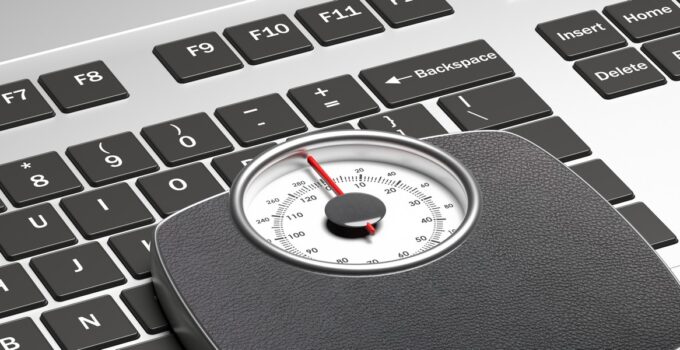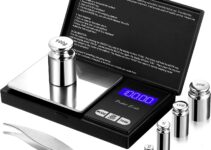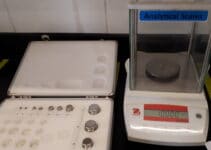Scale Calibration Process:
Scale Calibration is the process of checking the range, to make sure the degree of accuracy you need. In a lab setup, where results depend on precise weights, range calibration is of specific relevance. An incorrect scale can substantially injure your company. In handling as well as production, incorrect dimensions can cause product high-quality issues, ditched sets, or perhaps an item recall.
If you count on a scale for any type of component of your service– you require to make sure it’s adjusted. Sadly, even the finest range will not be exact for life and need scale calibration. Regular wear and tear occur and with time, accuracy slides. It can break down also quicker if the scale is exposed to electric or mechanical shock or remains in a manufacturing setting with dampness, oils, metal chips, etc.
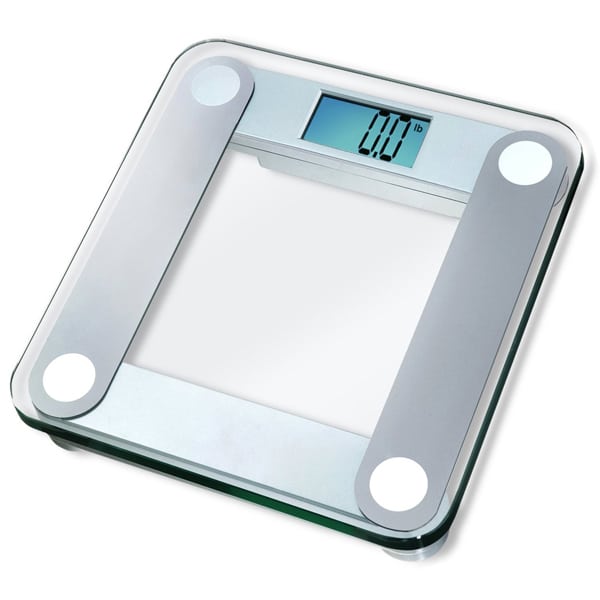
Scale Calibration process work:
A well-known requirement or accredited mass is placed on your range. That weight analysis is taped. The place of the manufacturing facility and also your location are two various locations– with two different elevations as well as consequently. The on-site calibration is the only means to guarantee your scale is accurate where you mean to use it.
While a tool might determine a certain series of weight, referred to as the instrument array, it might or might not be adjusted for that whole range. When the calibration variety is specified, the calibration is done at several points from no to span to guarantee high precision.
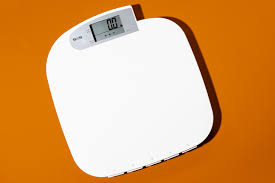
Equilibrium:
The second part of the inquiry triggers an additional one: “Why would certainly you intend to evaluate at all if your equilibrium is not calibrated?” Equilibrium or scale calibration is essential to attain exact evaluating results. Disregarding this important service activity transforms determining right into guesswork. In other words, it is irresponsible to consider with a non-calibrated balance or range. The accuracy of balances as well as ranges comes to be less trustworthy over time. This is the outcome of normal damage triggered by routine usage and external factors such as mechanical shocks or unsafe settings. This might bring about rather quick destruction or damage over a longer time. Regularly scheduled equilibrium calibration in a mix with constant regular screening substantially boosts the lifetime of your equilibrium or range and also its considering precision.
Calibration:
In straightforward terms, calibration is a quantitative contrast. To inspect the analysis of a balance or range, a referral weight is placed on the pan. The mistake is defined as the difference between the measured value and real worth. The concern whether this mistake is reliable or otherwise will certainly be outlined listed below. At the end of balance calibration, a certificate is developed, which reports the equilibrium or scales analyses as well as compares them to a recommendation value. Applied resistances result in a Pass/Fail declaration.
When you buy a scale, it often includes “factory calibration”– suggesting that it was calibrated at the facility before you obtained the range. In the few days that have passed since it left the factory, you might think that your scale is delivered adjusted and ready for use, right? Wrong.

